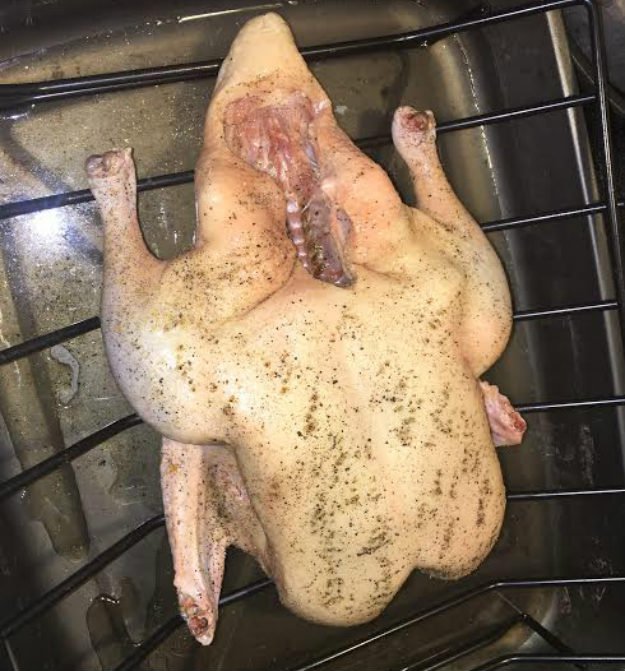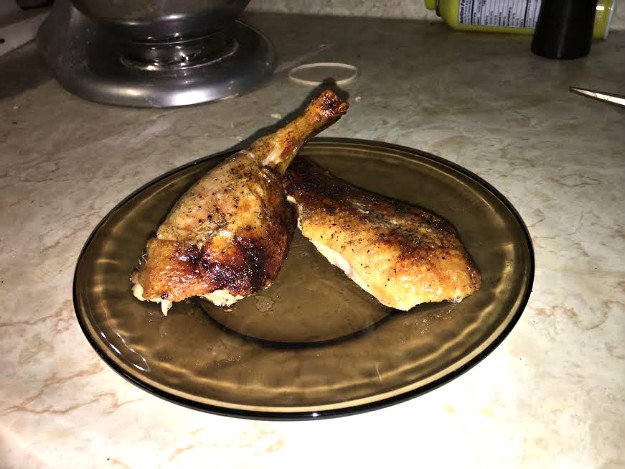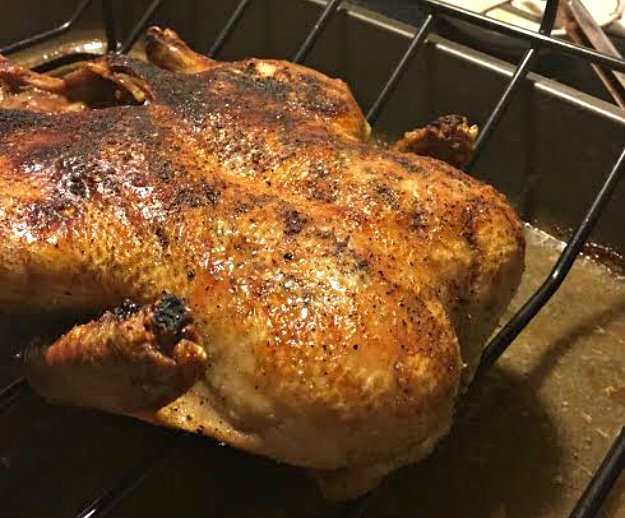Ever since I first started working in a French restaurant at the age of 15, I have been hooked on duck. I really do not care how it is cooked. As long as the chef knows what they are doing, I will order duck almost every time I see it on a menu. However, hunters tend to have a different opinion. Read on to learn some general rules and 3 fantastic wild duck recipes.
– This was originally published on Survival Life and has been shared with permission –
Many hunters will take their limit during duck season, but give away the birds because they do not care for the meat. This is a crime in my opinion. As with most game meats, duck must be prepared properly or it is absolutely horrible. An overcooked duck is dry and about as tough as rubber. If the skin is not crispy, it is chewy like a rubber band. Overcooking the duck removes all the flavor, leaving what tastes like bad turkey.
However, there is a way to make duck delicious. One of my culinary heroes once went duck hunting with a few friends. They too were opposed to eating the meat, but he changed their minds with one bite. Properly cooked, duck is tender, rich and has delectable crispy skin. It takes some practice to get it right, so here are some general rules and recipes:

General Rules:
Rule 1) MEDIUM RARE – I know there are some squeamish meat eaters out there that like all meat well done, but this is a sin with duck. Unlike other poultry that carries bacteria when undercooked, duck NEEDS to be cooked to medium-rare. If you cannot take a little pink in the middle, do not bother.
Rule 2) Always Crisp the Skin – No matter what you are cooking with duck, if you leave the skin on, it must be crispy. This may mean putting your dish under the broiler for a few minutes. Trust me, it is important.
Rule 3) Do Not Add Fat – Unlike turkey and chicken, duck has plenty of natural fat. Do not add butter or oil other than a dab to prep the pan.
Rule 4) Do Not Trust the Recipe – I know this sounds weird, but cooking times on duck recipes are always a bit off because just a few ounces difference in weight means a huge difference in cook time. Start checking the internal temperature early and check often.
Wild Duck Recipes:
Seared Duck Breast
This is my favorite duck recipe. I will just cover the cooking of the meat, but fruit sauces go great with this. Just add fruit, sugar and water to a pot and cook down until it coats the back of a spoon. Cherry is my favorite.
The recipe is incredibly simple. All you need is your duck breasts, some salt and pepper, and a dab of butter for your pan.
Step 1) Place duck breast halves between 2 sheets of plastic wrap or inside a plastic bag. Pound them to an even thickness. This is important to ensure the duck cooks evenly. Be careful not to damage the skin too much.
Step 2) Using sharp knife, score skin in 3/4-inch diamond pattern being careful not to cut into the meat. Make sure the meat is chilled for at least 30 minutes before cooking.
Step 3) Melt a dab of butter in a large skillet over medium-high heat. Add salt and pepper to all sides of the duck. Place breast into skillet skin side down, and cook until the skin is crispy. This normally takes about five minutes.
Step 4) Flip the duck to skin side up and drop the heat to medium. Continue cooking until your duck breast is medium-rare. Use a meat thermometer to be sure. Medium-rare is 135F and will likely take somewhere between four and eight minutes.
Step 5) Move it to a cutting board and cover with foil. Let it rest 10 minutes before slicing the duck on a bias into ½ inch slices.

Whole Roast Duck
This recipe is every bit as simple and just requires a 5 to 6 lb. duck, boiling water, salt, and pepper.
Step 1) Put your oven rack in middle position and preheat the oven to 425°F.
Step 2) To trim up the duck, cut off the wing tips with a knife or sturdy shears and remove any excess fat. Poke the skin all over with a fork. Fold neck skin under body and place the duck on the rack of your roasting pan breast side up.
Step 3) Pour boiling-hot water over the duck to tighten the skin. You will notice it immediately start to shrink up. Let the duck cool enough to handle and pour out any water that got into the cavity. Then pat the duck dry inside and out, and leave the later in the pan to keep the duck moist in the oven. Rub the duck inside and out with salt and pepper.
Step 4) Place the duck in the oven for roughly 45 minutes. Then, flip the duck over so the breast side is down and cook for another 45 minutes. Drain any liquid from the cavity and flip it back to breast side up. Keep roasting until the skin is crisp and the breasts are medium-rare at 135F. Be sure to just check the breasts as the legs will be a higher internal temperature.
Step 5) If you are getting close to 135F and the skin is not crisp, you may have to switch to the broiler. Just watch it closely so the skin does not burn.
Step 6) Move it to a cutting board and cover with foil. Let it set for 15 minutes before carving.

Duck Liver Pate
For those of you that want to go a little off the rails, this recipe is for you. Pate is a dish that most modern Americans have never tried. This recipe is a bit more involved, but I love the creamy flavor. The finished product can be served on toast points or can be used to enrich a meat loaf or stuffing.
Ingredients:
- 3 ounces duck fat
- 1 duck liver (about 3 ounces), cut into 1-inch pieces
- 1 large shallot chopped
- 1/4 teaspoon herbs de Provence
- 1 crushed clove of garlic
- 1/4 teaspoon salt
- 1/4 teaspoon freshly ground black pepper
- 1 teaspoon Cognac
Steps:
Step 1) Heat a skillet on medium-high heat and add in the duck fat. Cook it until it is melted and somewhat browned. This will take about five minutes.
Step 2) Sprinkle in your chopped shallots and cook until translucent, about 30 seconds. Stir them to allow even cooking.
Step 3) Throw in your liver, garlic, and herbs de Provence. Cook for 1.5 to 2 minutes and stir occasionally. Dust with salt and pepper.
Step 4) Immediately pour the contents of your pan into a blender. Add the Cognac and blend it until completely liquefied. It is important that the final product is smooth with as few chunks as possible.
Step 5) To take an extra step towards a smooth texture, you can push the liquid through a wire strainer with a spoon. You should end up with about ½ cup of liquid.
Step 6) Let it cool on the counter for 90 minutes. Then refrigerate and serve as needed.
Did you enjoy our post on Wild Duck Recipes? Let us know in the comment section below!
In need of some duck cooking supplies? Check out these options!
- If you are looking for some Duck Fat Animal Cooking Oils, give this a try!
- Looking for some seasoning beyond salt and pepper? Try this RUB A DUB RUB Wilderness Edition Seasoning!
- If you need a seasoning to work for your duck as well as other meat, taste this One & Done, All-Purpose Seasoning!
Leave a Reply